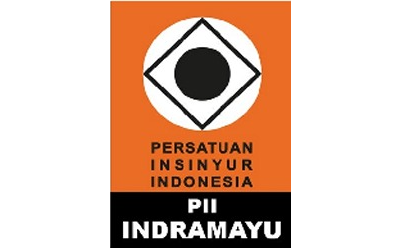UJI PEFORMA RANCANG BANGUN PORTABLE VACUUM GRAIN CONVEYOR TIPE CENTRIFUGAL FAN
Abstract
Full Text:
PDFReferences
Cai, L., Liu, S., Pan, X., Guiling, X., Gaoyang, Y., Xiaoping, C., & Changsui, Z. (2014). Comparison of pressure drops through different bends in dense-phase pneumatic conveying system at high pressure. Experimental Thermal and Fluid Science, 57, 11–19. doi:10.1016/j.expthermflusci.2014
Chandana Ratnayake (2005). A Comprehensive Scaling Up Technique for Pneumatic Transport Systems By Department of Technology, Telemark University College(HiT-TF), Kjolnes Ring, N-3914 Porsgrunn , Norway
Hall, S. (2012). Pneumatic Conveying. Branan’s Rules of Thumb for Chemical Engineers, 244–256. doi:10.1016/b978-0-12-387785-7.00015-3
Lourenço, G. A., Gomes, T. L. C., Duarte, C. R., & Ataíde, C. H. (2018). Experimental study of efficiency in pneumatic conveying system’s feeding rate. Powder Technology. doi:10.1016/j.powtec.2018.11.002
Mills, D. (2004). Review of pneumatic conveying systems. Pneumatic Conveying Design Guide, 29–53 doi:10.1016/b978-075065471-5/50002-2
Mills, D. (2004). Introduction to pneumatic conveying and the guide. Pneumatic Conveying Design Guide, 3–28. doi:10.1016/b978-075065471-5/50001-0
Muhammad Ridwan, Andri Surya R, Irga Nugraha (2021). Simulasi Sistem Aliran Massa Pneumatic Grain Conveyor Kapasitas 135 Ton/Jam (1-11). Jurnal Rekayasa Energi Dan Mekanika – Vol. 01 No. 01
N. Somsuk, T. Wessapan, S. Teekasap (2011). Design and Development of a Rotary Airlock Valve for using in Continuous Pyrolysis Process to Improve Performance (71-75). International Conference on Manufacturing Science and Technology (ICMST 2010)
Sharma, A., & Mallick, S. S. (2019). Modelling pressure drop in bends for pneumatic conveying of fine powders. Powder Technology, 356, 273–283. doi:10.1016/j.powtec.2019.08.047
Tripathi, N. M., Levy, A., & Kalman, H. (2018). Acceleration pressure drop analysis in horizontal dilute phase pneumatic conveying system. Powder Technology, 327, 43–56. doi:10.1016/j.powtec.2017.12.045
Tripathi, N. M., Portnikov, D., Levy, A., & Kalman, H. (2019). Bend pressure drop in horizontal and vertical dilute phase pneumatic conveying systems. Chemical Engineering Science, 115228. doi:10.1016/j.ces.2019.115228
Wang, Lingjuan (2003). Theoretical study of cyclone design. Doctoral dissertation, Texas A&M University. Texas A&M University. Available electronically from https : / /hdl .handle .net /1969 .1 /2192.
DOI: https://doi.org/10.31884/jtt.v8i2.465
Refbacks
- There are currently no refbacks.
Copyright (c) 2022 JTT (Jurnal Teknologi Terapan)

This work is licensed under a Creative Commons Attribution-NonCommercial-NoDerivatives 4.0 International License.
 Creative Common Attribution-ShareAlike 4.0 International (CC BY-SA 4.0)
Creative Common Attribution-ShareAlike 4.0 International (CC BY-SA 4.0)













